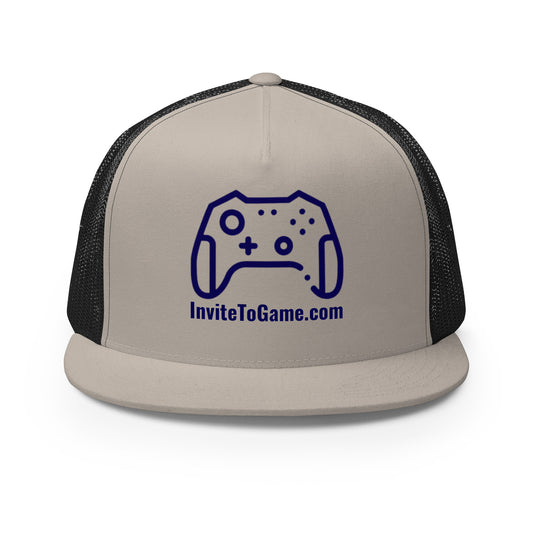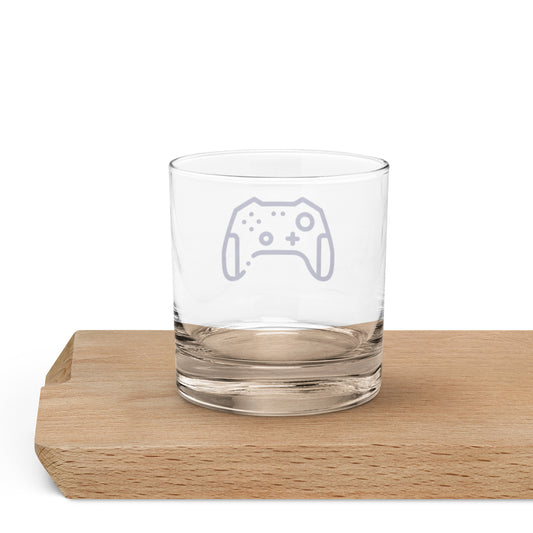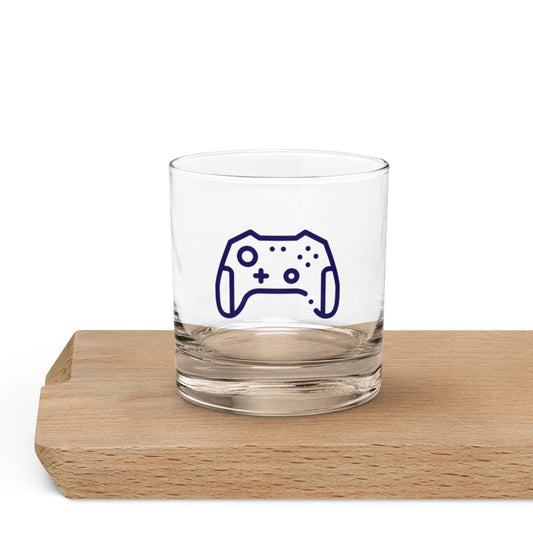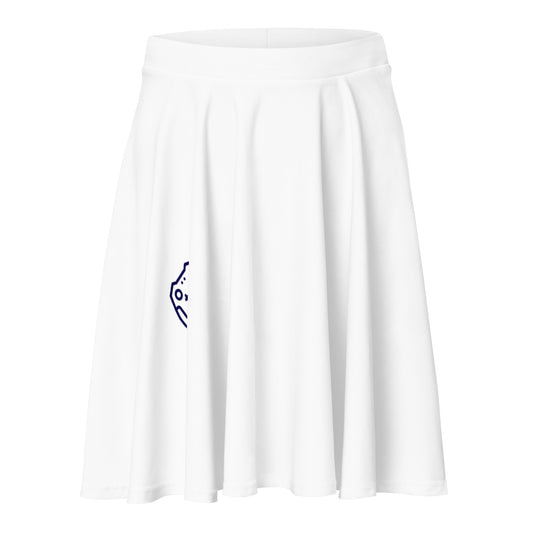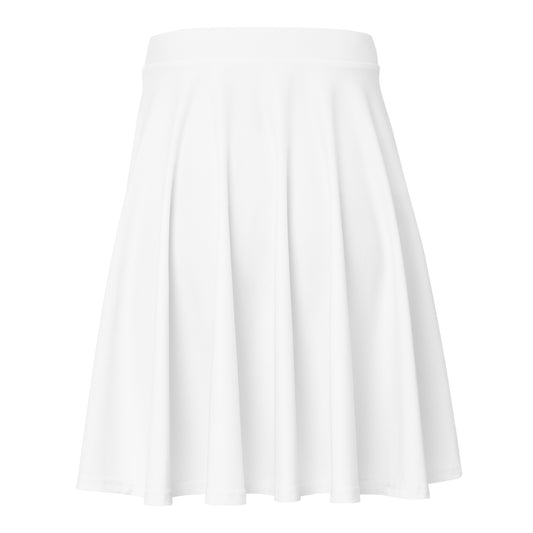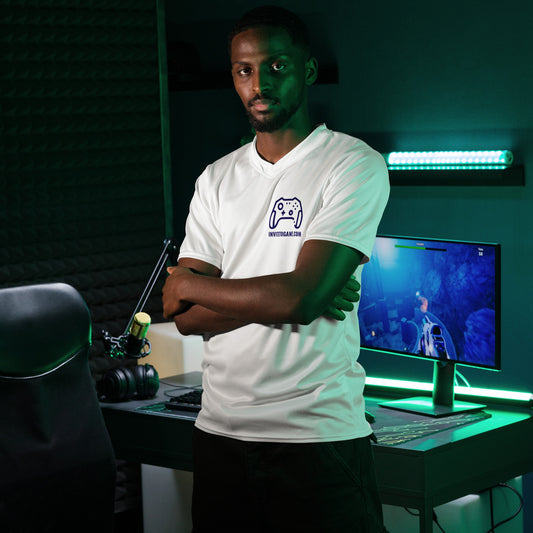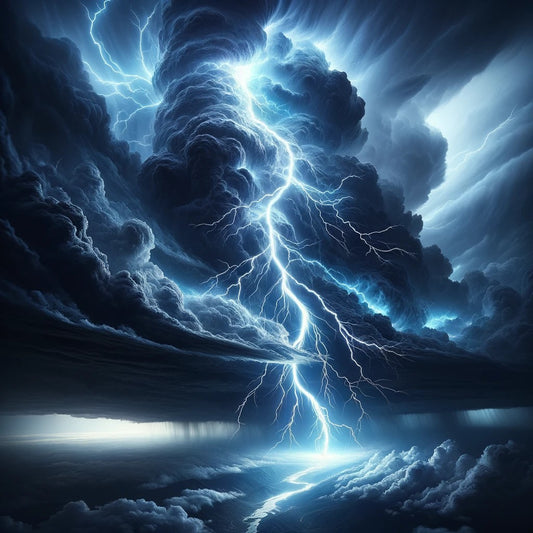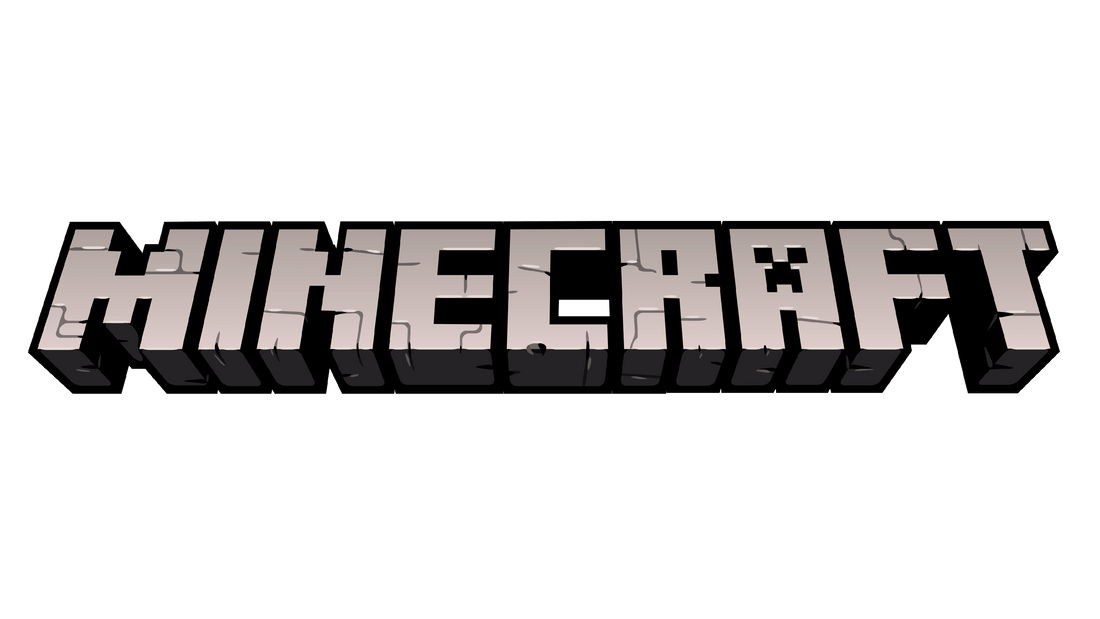
Minecraft
Joshua BrunhoffMinecraft: The Ultimate Guide to the Game That Changed the World of Gaming
Section 1: The Origins of Minecraft – Who, What, When, Where, and Why It Came to Be
Who Created Minecraft?
Minecraft was created by Markus "Notch" Persson, a Swedish video game designer and programmer. In 2009, Persson began working on the game, developing it as a hobby while experimenting with procedural generation, voxel-based environments, and sandbox mechanics. Eventually, Minecraft became a full-fledged project, leading to the creation of Mojang Studios, the company that would go on to manage and develop the game. Persson’s goal was to create a game that allowed players to build, explore, and survive in a dynamically generated world, with an emphasis on creativity and freedom.
What is Minecraft?
Minecraft is a sandbox video game that allows players to explore, create, and survive in a procedurally generated 3D world made entirely of blocks. The game features different gameplay modes, including Creative, Survival, Adventure, and Spectator modes, each offering a unique experience. In Creative mode, players have unlimited resources and can build anything they imagine. In Survival mode, players gather resources to build shelter, craft tools, and survive against hostile mobs such as zombies and skeletons.
When Was Minecraft Released?
Minecraft's development began in May 2009, and after several stages of alpha and beta testing, the game was officially released to the public on November 18, 2011. Following its full release, Minecraft quickly grew in popularity, with millions of players worldwide. Its consistent updates, modding support, and vibrant community have allowed the game to remain relevant for over a decade. In 2014, Minecraft was acquired by Microsoft for $2.5 billion, a move that helped fuel further growth and expansion of the game.
Where is Minecraft Available?
Minecraft is available on nearly every platform imaginable. It can be played on Windows, macOS, Linux, Xbox, PlayStation, Nintendo Switch, mobile devices (iOS, Android), and even virtual reality (VR) systems. The game's cross-platform compatibility allows players to interact with each other regardless of their preferred platform.
Why Did Minecraft Become So Popular?
Minecraft's rise to fame can be attributed to its open-ended nature, appealing to a broad audience. The game provides a level of freedom that most other games don’t, allowing players to engage in a variety of activities, from construction and exploration to combat and farming. Additionally, the game's simple graphics and mechanics make it accessible to players of all ages, while the modding community has contributed to the game's continuous evolution, adding new features, worlds, and mechanics. Minecraft’s popularity is further bolstered by its educational applications and the massive multiplayer servers that offer rich social experiences.
Section 2: How to Play Minecraft – The Basics
Starting the Game
When you first start Minecraft, you'll be introduced to the world of blocks, from grass to stone, to trees and oceans. Your goal initially is survival — you’ll need to gather resources, build shelter, and protect yourself from hostile mobs (like zombies and creepers). You begin with nothing and have to gather basic materials to survive your first night.
Gameplay Modes
- Survival Mode: This is the default mode. Players must gather resources, craft tools, and build structures while dealing with hunger and hostile mobs. You also have to manage your health and experience points.
- Creative Mode: In Creative mode, players have access to unlimited resources and can fly around the world. This mode is great for players who want to focus on building and designing without worrying about survival elements.
- Adventure Mode: Adventure mode is designed for custom maps and games. It restricts some of the usual Creative mode freedoms, requiring players to use specific tools to break blocks and interact with the environment.
- Spectator Mode: In this mode, players can freely explore the world as an observer without interacting with it. This mode is great for exploration and observation.
Basic Controls
- Movement: Use the WASD keys for movement, the mouse to look around, and space to jump.
- Mining and Building: Left-click to mine blocks and right-click to place them.
- Crafting: Open your inventory (E by default) to craft items from the resources you’ve gathered.
Survival Essentials
- Building a Shelter: Your first priority should be building a shelter before nightfall to protect yourself from hostile mobs. You can use wood, stone, or any other resource to create walls and a roof.
- Crafting Tools: You need a crafting table to make advanced tools. Use wood to create sticks and combine them with other materials like stone, iron, or diamond to create tools such as axes, pickaxes, and swords.
- Farming and Cooking: Plant crops, like wheat, potatoes, and carrots, to maintain food supplies. You can cook food by placing it in a furnace.
Section 3: How to Master Minecraft – Tips and Advanced Techniques
Building Efficiently
- Use Redstone: Redstone is the Minecraft equivalent of electricity. Mastering redstone circuits allows you to create complex machines, traps, and contraptions. Redstone-powered doors, elevators, and farms are common applications.
- Optimize Resource Gathering: Efficient mining techniques, such as branch mining, will help you maximize the amount of valuable ores you collect, like diamond and iron.
- Automate Farms: Automating crop farms using pistons, redstone, and water can save time and effort, making food collection an easier task.
Advanced Crafting and Enchanting
- Enchanting Gear: Use an enchantment table and experience points to upgrade your gear. Enchant weapons and armor for added abilities, such as increased damage or protection.
- Potions: Brew potions to gain temporary benefits, like increased strength, night vision, or resistance to fire. Understanding the various brewing recipes can turn the tide in combat.
- Endgame Crafting: As you progress, you'll want to explore more advanced crafting, like creating beacons, Netherite armor, and a full set of enchanted tools.
Combat and Boss Fights
- Combat Strategy: Use shields, bows, and powerful potions to protect yourself from mobs. Mastering the art of blocking and dodging will give you an edge in combat.
- Defeat the Ender Dragon: The ultimate boss fight in Minecraft occurs in the End dimension. To face the Ender Dragon, you'll need to explore the End portal, defeat its guardians, and destroy Ender Crystals.
Explore New Dimensions
- The Nether: The Nether is a dangerous, hellish dimension filled with unique resources, such as Nether Quartz, Glowstone, and Blaze Powder. Building a portal to the Nether is essential for crafting advanced materials and fighting powerful mobs.
- The End: The End is a dimension accessed through a stronghold and is home to the Ender Dragon. This is considered the game's final challenge.
Section 4: Additional Information About Minecraft
Educational Value
Minecraft has become a valuable educational tool, particularly in schools. The game's open-ended nature promotes problem-solving, creativity, and teamwork. Its “Minecraft Education Edition” allows students to learn coding, architecture, mathematics, and history in a fun, immersive environment.
Community and Mods
Minecraft has a vibrant community that continually creates new content. Mods, resource packs, and custom maps allow players to customize their experience and expand the game’s possibilities. Popular mods include "Optifine" for improved graphics and "JourneyMap" for mapping exploration.
Minecraft in Popular Culture
The impact of Minecraft extends far beyond gaming. The game has influenced books, YouTube channels, merchandise, and even theme parks. Minecraft's influence is still growing, with events such as MineCon and the widespread use of Minecraft in education and corporate team-building.
Glossary of Minecraft Terms
- Block: A single unit of space in Minecraft's world, such as dirt, stone, wood, or ores.
- Biome: A geographic area with specific characteristics, such as forests, deserts, or oceans.
- Crafting: The process of combining resources to create new items and tools.
- Ender Dragon: The final boss in Minecraft, found in the End dimension.
- Redstone: A material used to create complex mechanical systems, like doors and traps.
- Mobs: Mobile entities in the game, such as animals, villagers, and hostile creatures.
- XP (Experience Points): Points gained by performing actions, which can be used to enchant items.
- Creeper: A hostile mob that explodes when it gets close to the player.
- Netherite: A rare material used to craft the most powerful items in the game.
Minecraft is much more than just a video game — it’s a cultural phenomenon that has shaped the landscape of gaming for over a decade. Whether you’re a beginner learning the basics or an advanced player looking to master complex crafting and combat, there’s always something new to explore in this vast, blocky world. Whether you play alone, with friends, or explore the infinite worlds created by the community, Minecraft continues to evolve and inspire. Happy mining!

